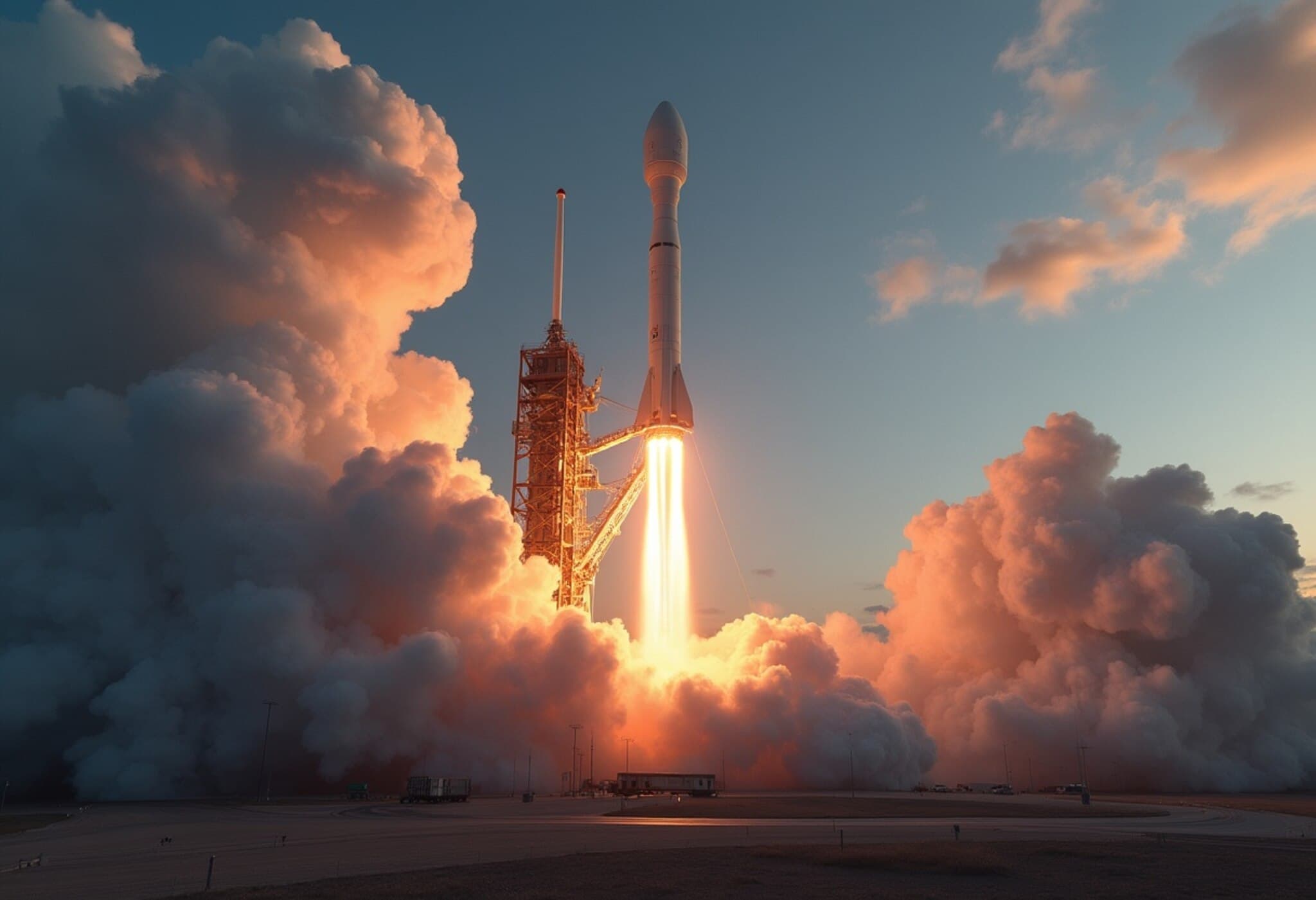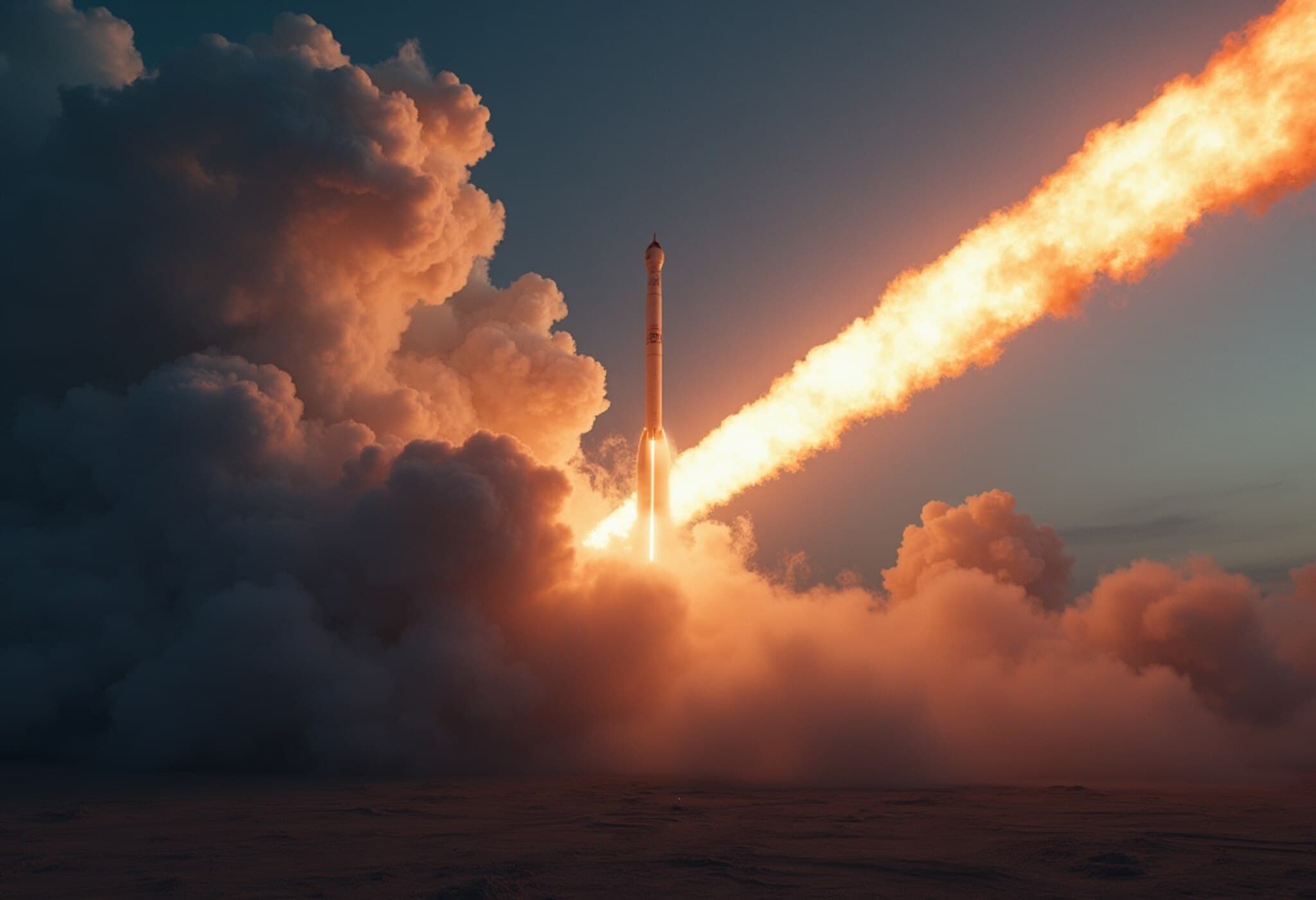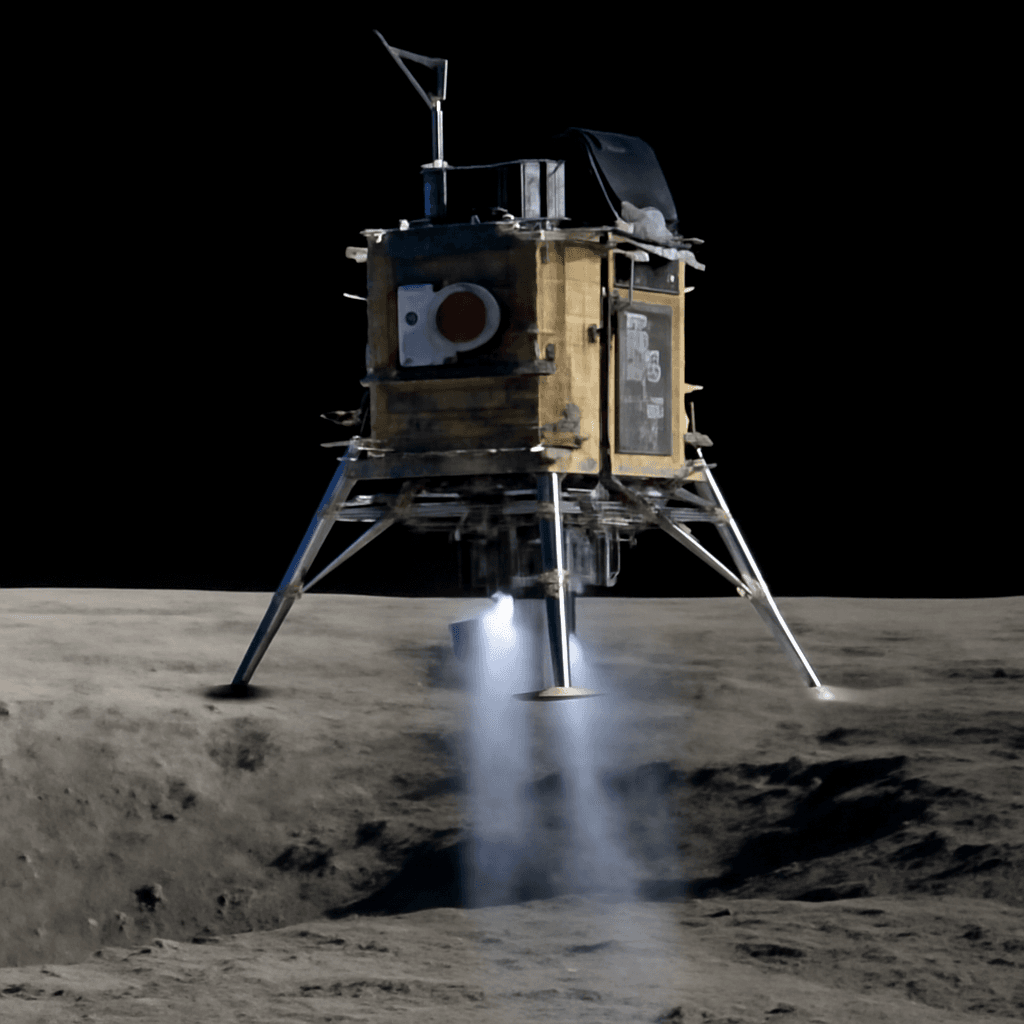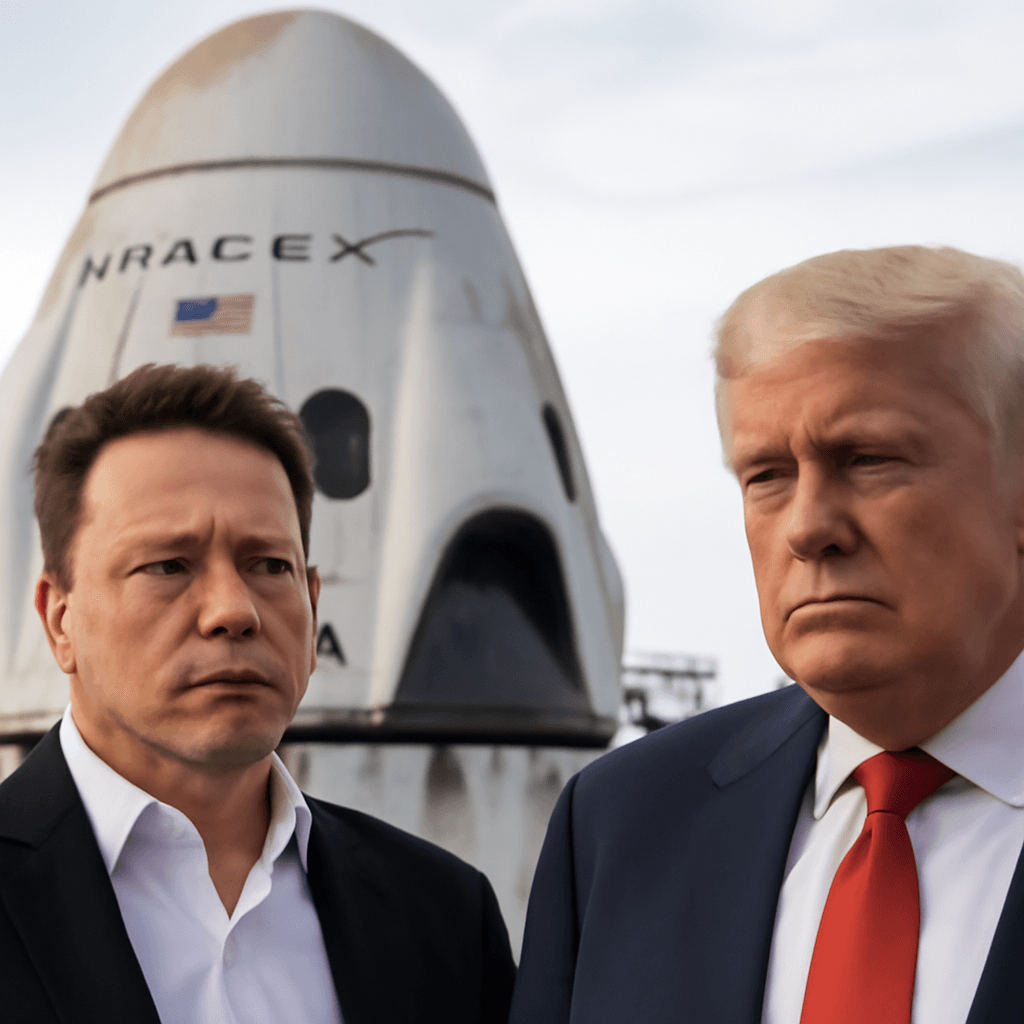The New Frontier: From Moon to Mars and Beyond
Space exploration is entering a transformative new phase. While the Moon once captured the world's imagination as the ultimate goal, a broader and more ambitious vision is now taking hold—pioneering sustainable human presence on the Moon as a springboard to Mars and further cosmic destinations.
The recent agreement between Thales Alenia Space and the Italian Space Agency to develop the first human lunar habitat marks a pivotal milestone in NASA's Artemis program. As NASA positions the Moon as a "stepping stone" for Mars missions, the narrative around space exploration is shifting from short-term lunar missions to long-term interplanetary goals.
Moon: From Destination to Launchpad
After decades dominated by lunar exploration, including notable lunar landings from China, India, and private enterprises, the Moon's role is evolving. It is no longer viewed as the final frontier but rather as a vital testing ground and logistical hub for humanity’s deep space ambitions.
NASA’s Artemis program exemplifies this vision. After the successful uncrewed test flight in 2022, the program plans to send astronauts on a manned lunar mission by 2025, reach the lunar South Pole by 2027, and establish a crewed presence on the Gateway lunar orbital platform by 2028. Complementing this, NASA’s Commercial Lunar Payload Services (CLPS) continue to leverage private sector innovation, injecting $2.6 billion into contracts through 2028 to deploy scientific instruments and technology payloads to the Moon.
Mars: The Ultimate Prize
While lunar activities make substantial strides, the eyes of many in the space community are fixed firmly on Mars. The Red Planet’s Earth-like characteristics, such as its day length and potential for resources like water ice, make it the most promising candidate for sustainable human habitation beyond our planet.
Globally, ambitions are heating up:
- China aims to deploy humans to Mars by 2033, backed by commitments to establish a research base by 2038.
- The European Space Agency focuses on robotic missions and sample returns, targeting European human missions by 2040.
- Russia remains reticent but retains space ambitions despite geopolitical headwinds impacting collaborative projects like ExoMars.
This expanding race to Mars is reminiscent of the Cold War-era space race but is characterized by a more diverse and multinational field, including increasing roles for private companies.
Private Sector: Racing to Stake Claims
Private aerospace companies are emerging as powerful players shaping the future of space exploration. Among the most notable is Firefly Aerospace, backed by defense giant Northrop Grumman, which set sights on a $5.5 billion valuation ahead of an anticipated IPO. Firefly’s recent success with the Blue Ghost rover and its winning of five NASA CLPS contracts valued at $176.7 million to deliver payloads to the Moon’s South Pole in 2029 highlights the rising commercial momentum.
However, this race is fiercely competitive, marked by challenges such as escalating orbital congestion, increasing satellite launches, and a need for continued innovation to reduce costs. Giants like SpaceX and Blue Origin, alongside national governments, dominate this landscape, intensifying pressure on emerging players to differentiate.
Key Industry Developments and Challenges
- Russia’s push for reusable rockets aims to reduce launch costs within two years, signaling strategic shifts amid geopolitical constraints.
- The U.S. Space Force prepares for satellite-to-satellite defense capabilities, reinforcing national security interests in an increasingly contested space environment.
- NASA faces workforce challenges, with approximately 20% of its staff expected to leave soon, raising concerns about institutional knowledge and sustained leadership.
Emerging Trends and Global Moves
- China continues expanding its Guowang satellite megaconstellation, reinforcing ambitions for comprehensive space infrastructure.
- The UK emphasizes the need to “control space” amid mounting international competition, highlighting increasingly assertive national space policies.
- Australia experiences growing pains with the failure of its first privately developed rocket launch, underscoring the challenges new entrants face.
Looking Ahead: Upcoming Space Milestones
- August 3: Amazon’s Blue Origin plans a crewed suborbital flight from Texas.
- August 4: SpaceX Falcon 9 to launch Starlink satellites from Florida, followed by China’s Long March 12 deploying SatNet communication satellites from Wenchang.
- August 7: Another Falcon 9 launch carrying Starlink satellites is scheduled.
Expert Insight: What Does This Mean for Investors and Policy Makers?
The pivot from the Moon to Mars represents not just a technological shift but a strategic one, with profound implications for global leadership, economic investment, and space diplomacy. The increasing reliance on private industry for lunar and Martian infrastructure marries innovation with complex regulatory landscapes.
Investors face a dynamic market where technological breakthroughs, policy shifts, and international cooperation or rivalry can dramatically alter the trajectory of space ventures. Careful analysis suggests that sustainable profits and technological leadership hinge on collaborative ventures between governments and private entities.
Editor's Note
The space sector is at a crossroads, balancing legacy lunar ambitions with bold Martian dreams. As geopolitical tensions, technological innovation, and commercial interests converge, new questions arise: Will national agencies relinquish the Moon to private companies as they race to Mars? How will regulatory frameworks evolve to manage the burgeoning space economy and ensure peaceful cooperation amid competition? And critically, how will this cosmic race impact Earth’s economy, security, and scientific progress?
Understanding these narratives is key for stakeholders—from policymakers and investors to the general public—who now have the rare opportunity to witness humanity’s next giant leap unfold in real-time.













